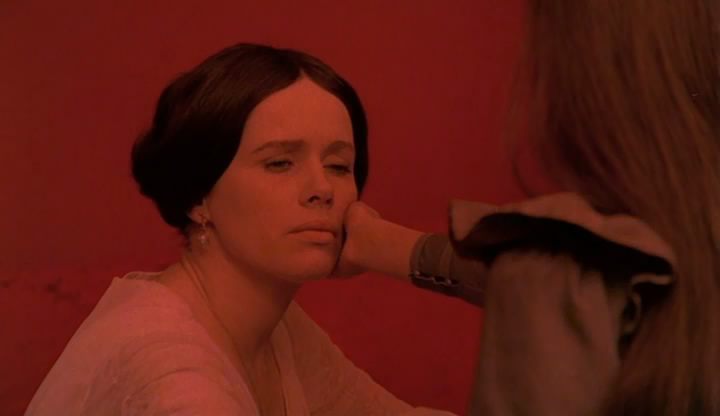
Acting is one of the main aspects of a certain kind of filmmaking. It is so powerful that some filmmaker’s careers and even certain movements are profoundly shaped by the actresses and actors that appear the films. Some actresses and actors have become idols and figures that represent and shaped entire generations.
Sometimes we see an actress who is great for the broad variety of characters she can display and for being chameleonic, but other times they are revered for portraying very specific roles in a way that nobody but themselves are able to. A chameleonic actress can adapt to any role and thus any style, and an actress with an extremely distinctive style shapes the form of the film in which she appears.
Here is a list of some of the greatest actresses in film history. In trying to keep it diverse, there will be actresses with broad careers and a lot of international awards and recognition, and others whose careers have been short yet brilliant. The work of these actresses has shaped not only filmmaking, but the way in which some generations have changed. With nothing further, here is the list.
10. Isabelle Huppert
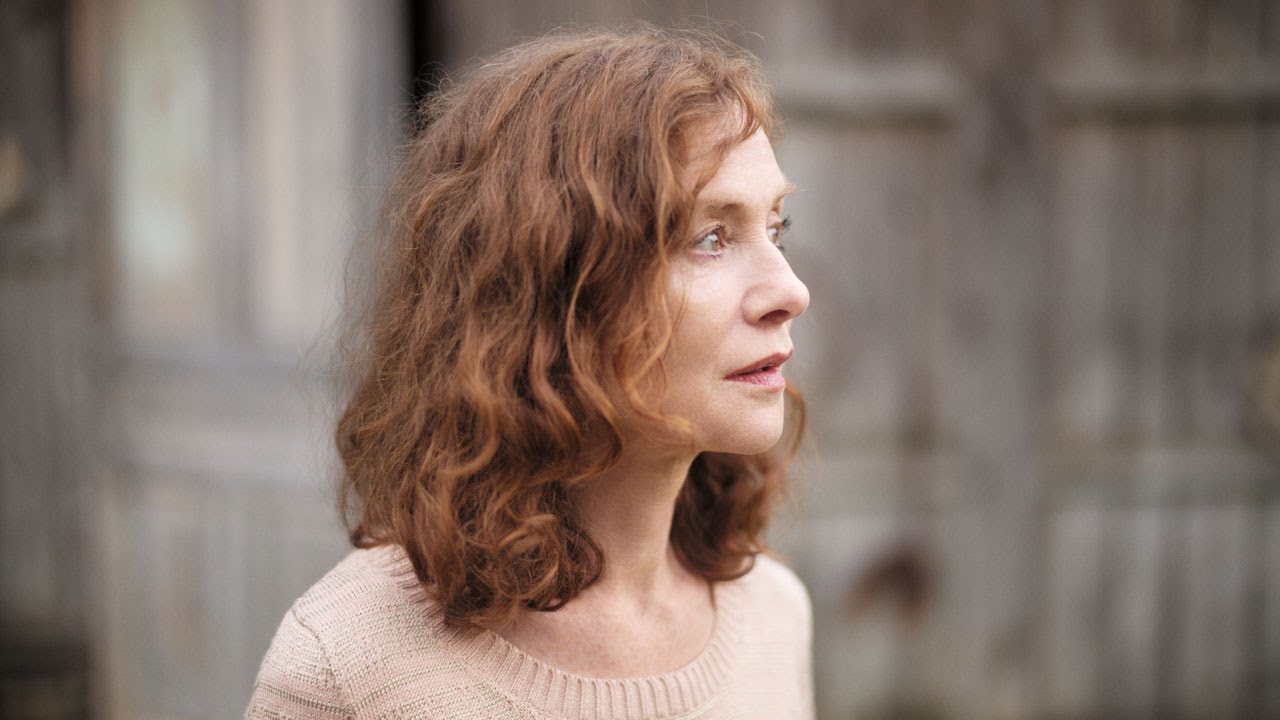
French actress Isabelle Huppert has been nominated 50 times for different international recognitions and has won more than 100 awards. Her career has lasted almost 50 years now and consists of more than 100 films. She is recognized as the actress with more appearances in the Cannes Film Festival and more nominations at the Cesar Awards. Huppert is one of the actresses with the highest recognition of many generations to the current day.
Huppert has starred some of the greatest films in history over several decades. In the 1970s, she impersonated Jacquelyn in “Les Valseuses” (1974); Rose in “Le juge et l’assassin” (1976); Pome in “La Dentelliere” (1978), Violette Noziére in the film of the same name (1978), and Anne Brontë in “The Sisters Brontë” (1979). Huppert played the lead character in the acclaimed film by Michael Haneke, “La Pianiste” (2001). Most recently, she appeared in “Elle” (2016), for which she received her first Oscar nomination.
9. Anna Karina
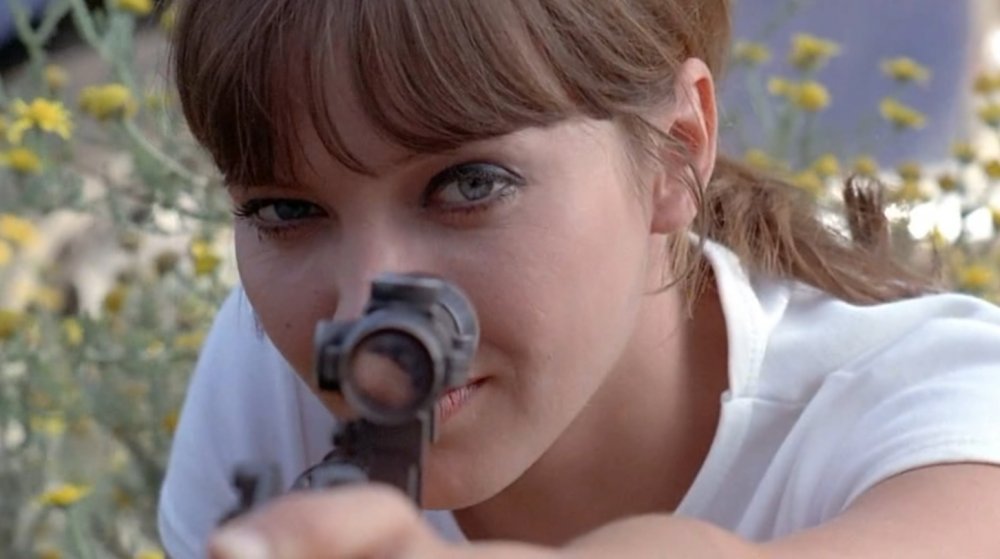
The iconic actress who became face of the Nouvelle Vague may not as awarded as the other actresses in this list, but she indeed has an outstanding career. She was born in Denmark and moved to Paris where she meet Jean-Luc Godard in 1959.
Her relationship with Godard shaped both of their careers in the 1960s. During this decade, Anna Karina played the lead roles in films such as “A Woman Is a Woman” (1961) as Angela, a role for which she won the Silver Berlin Bear. She also appeared in “Pierrot le Fou” (1965) as Marianne Renoir, and as Natacha in “Alphaville” in the same year.
Even though Karina’s career was deeply related to Godard’s in the beginning, both distanced themselves and Karina found new projects. She appeared in some of Jacques Rivette’s films and In 1967, she impersonated Marie Cardona as a lead character along with Marcello Mastroianni in Luchino Visconti’s “The Stranger.” She even appeared in films directed by Werner Fassbinder and Ingmar Bergman.
8. Giulietta Masina
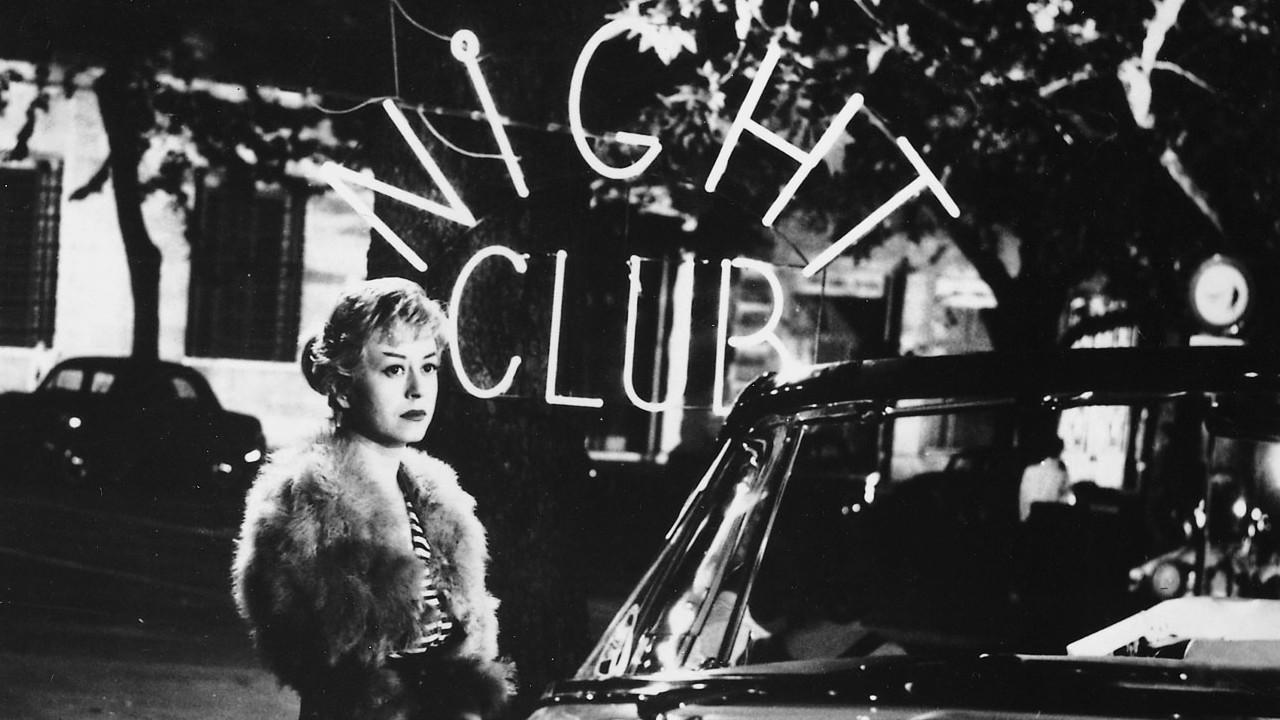
Giulietta Masina was born in Italy and became one of the most revered actresses, not only in Italy but in Europe overall. It was her collaborations with her husband Federico Fellini that gained her international recognition. With “Nights of Cabiria” (1957), she was nominated at the BAFTAs and won five awards, including Best Actress at the Cannes Film Festival, a Golden Globe, the Silver Ribbon, the Zulueta Prize, and Sant Jordi’s award for Best Actress.
“Nights of Cabiria” is regarded as Masina’s finest performance, but she also had success with “Ginger and Fred” (1986), where she played (with Marcello Mastroianni) a couple that imitates Fred Astaire and Ginger Rogers. She also gave a wonderful performance as Gelsomina in “La Strada” (1954), a role that demanded she play a kind and innocent girl, a role which she would transcend during her career.
7. Setsuko Hara
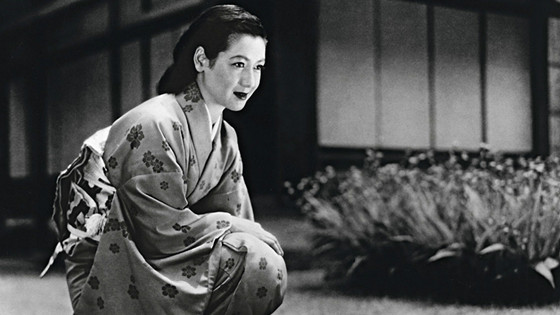
Appearing in almost 100 films, Japanese actress Setsuko Hara has starred in some of the finest films from great Japanese masters such Yasujirō Ozu and Mikio Naruse, and even Akira Kurosawa.
With roles as the daughter in the films of these directors, she became a symbol for Japanese Golden Era of Cinema, even though she would not gain international recognition and reduced fans of her work. Much like Ozu’s films, the performances from Hara are extremely idiosyncratic and thus hard to understand for the Western public.
The peak of her career was likely in the Noriko Trilogy by Ozu, consisting of “Late Spring” (1949), “Early Summer” (1951) and “Tokyo Story” (1953). In these three films she played the role of Noriko, but the characters she played were not exactly the same. In this trilogy, Hara’s ability to display subtle emotions and kindness is seen at its highest.
After these roles, she had a rough time with her career due to personal illness, and she retired from acting in 1963, the year of Ozu’s death. The shortness of her career did not prevent her from making a place in the history of Japanese cinema as an actress as important as Bette Davis is in Hollywood.
6. Meryl Streep

Iconic American actress Meryl Streep’s career is one of the most awarded, prolific and multifaceted trajectories in the history of acting. She has won three Oscars (“Kramer vs. Kramer” in 1980, “Sophie’s Choice” in 1982 and “The Iron Lady” in 2011) which is no small thing, as she has been nominated no less than 17 times for this award.
Between BAFTAs, Emmys and many more distinctions, she has gathered more than 150 awards and 350 nominations. Streep’s career consists of almost 50 years of acting from the beginning of the iconic cinema decade of the 1970s (“The Playboy of Seville” in 1971) until today, where she remains active.
Streep has occupied a privileged place in Hollywood for many generations, impersonating roles as diverse as Francesca Johnson in “The Bridges of Madison County” (1955) and Miranda Priestly in “The Devil Wears Prada” (2006).
Streep is characterized for her multifaceted ability to adapt to any kind of role, a characteristic that has allowed her to collaborate with the finest directors in Hollywood such as Alan J. Pakula, Clint Eastwood and Robert Benton. Streep’s talent is one that goes far beyond genders and styles, managing to erase her persona to embody that of the character.